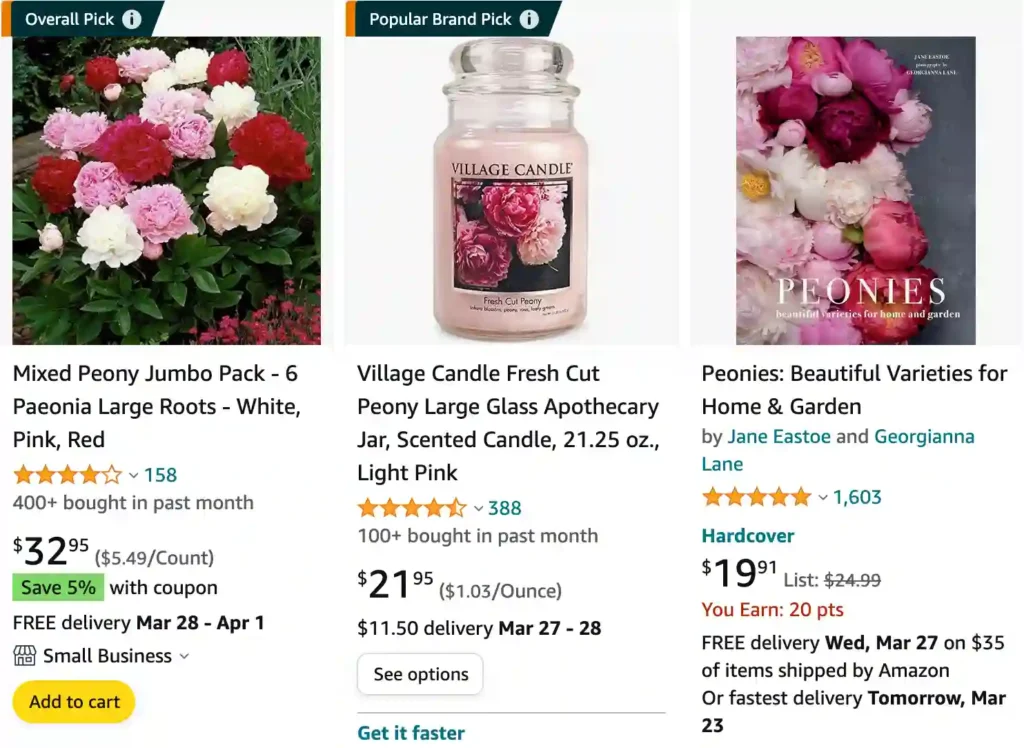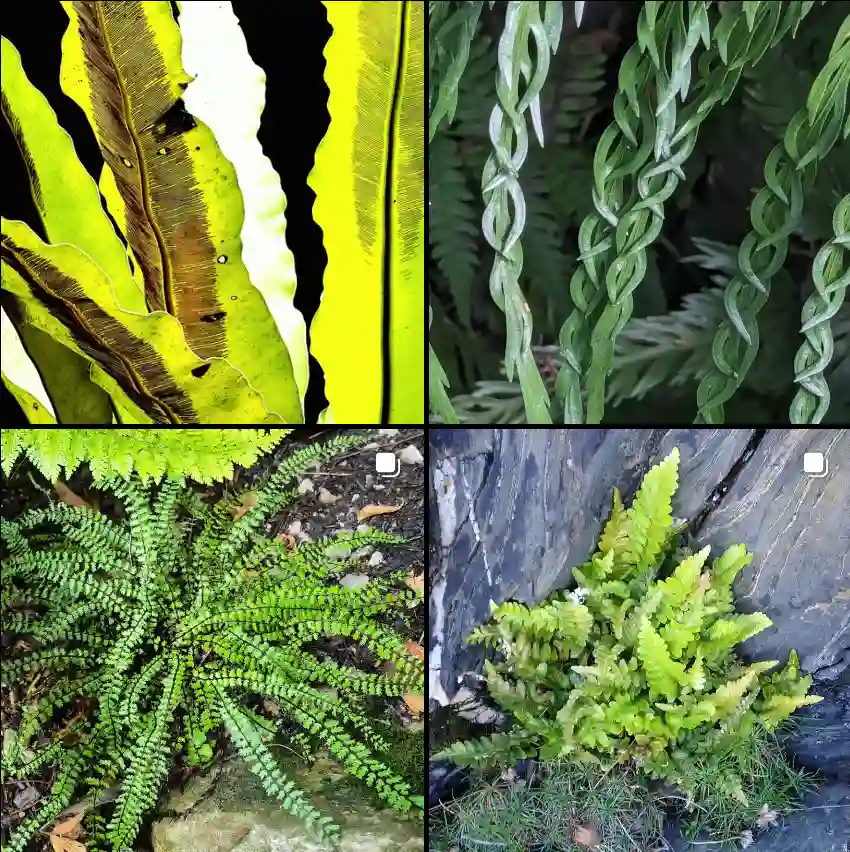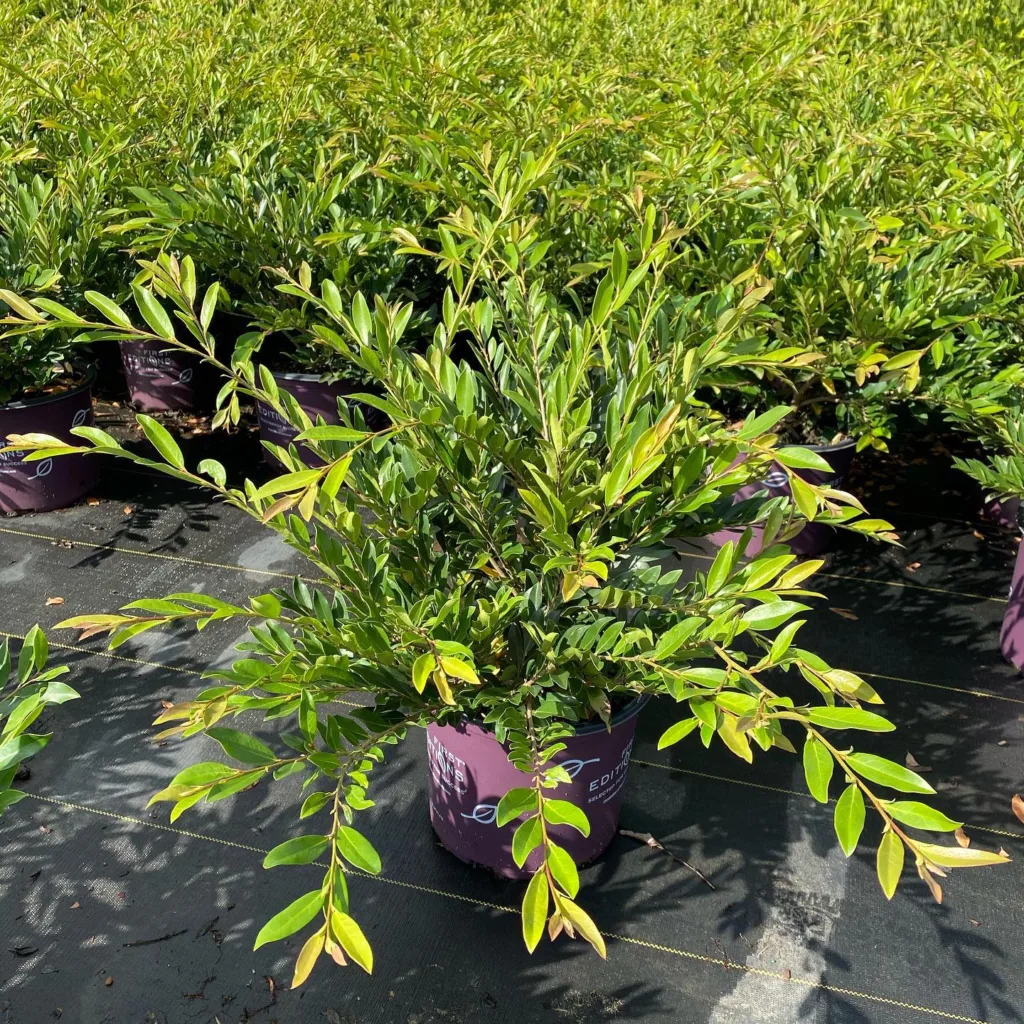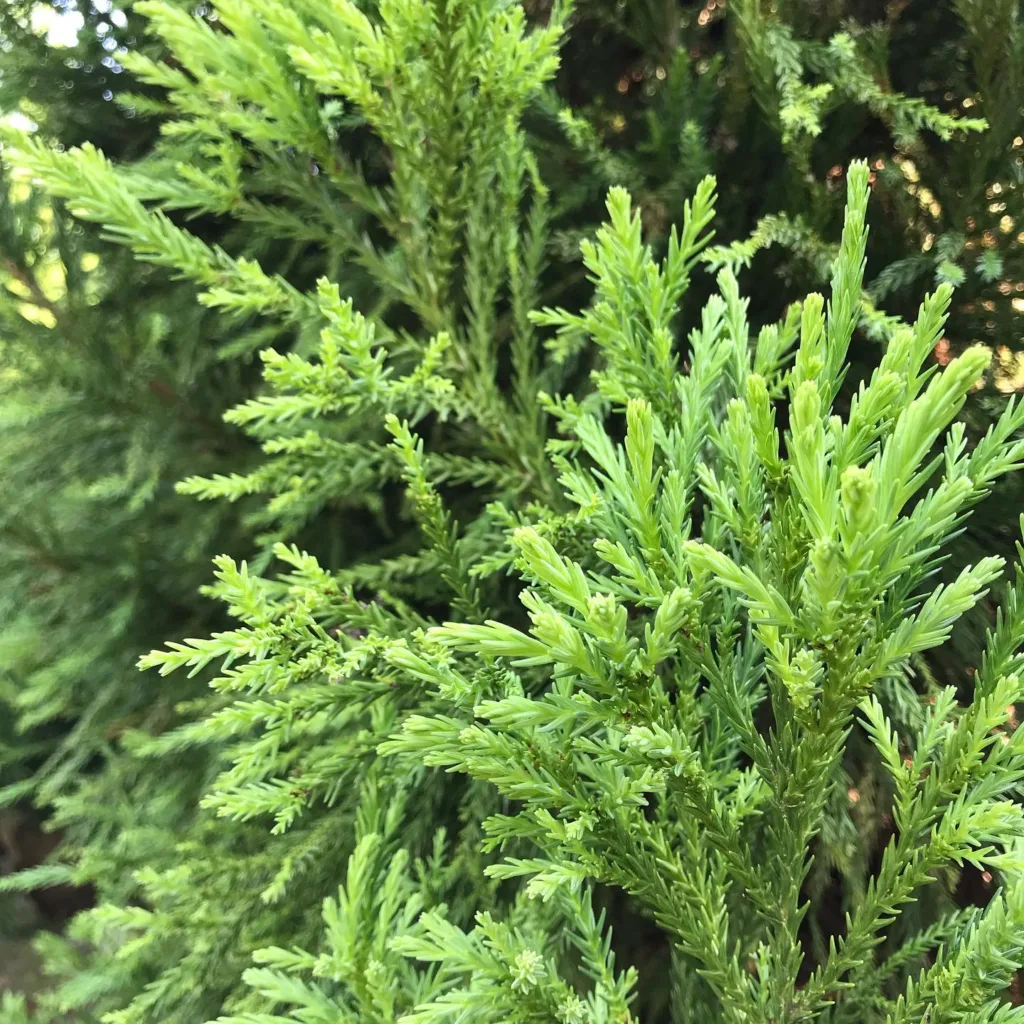
Exploring the Beauty of the Paeoniaceae Family
As a plant enthusiast, I often find myself drawn to the exquisite diversity of the plant kingdom. One family that has particularly captured my interest is the Paeoniaceae family, which is primarily known for its sole genus: Paeonia, commonly referred to as peonies. These stunning flowers are not only beautiful but also carry rich histories and various uses that I find fascinating.
The Allure of Peonies
Peonies are renowned for their lush blooms and intoxicating fragrance. I remember the first time I encountered a peony in full bloom. The soft petals, often in shades of pink, white, and red, exuded an almost magical aura. The visual appeal of peonies is undeniable; they can easily become the centerpiece of any garden. With their intricate blossoms and fragrant scent, they are a gardener’s dream come true.
Historical Significance
Peonies have a long history, dating back thousands of years. Originating from Europe, Asia, and North America, they have been cherished for their beauty and medicinal properties. In ancient China, peonies were revered as symbols of wealth and prosperity. They often adorned royal gardens and were used in traditional medicine to treat various ailments.
What I find particularly interesting is that the Chinese have been cultivating peonies for over a thousand years, leading to the development of many hybrid varieties. These hybrids not only showcase the flower’s beauty but also reflect the rich cultural heritage associated with them. It’s fascinating to think about how these plants have stood the test of time, cherished by generations.
Growing Peonies
If you’re considering adding peonies to your garden, there are a few key factors to keep in mind. Peonies thrive in well-drained soil and prefer full sunlight. I’ve found that planting them in the fall yields the best results, allowing the roots to establish before winter sets in. Additionally, providing support for the heavy blooms is crucial to prevent them from flopping over.
One of the most rewarding aspects of growing peonies is witnessing their transformation throughout the seasons. In spring, the buds begin to swell, signaling the imminent arrival of their magnificent blooms. By early summer, my garden bursts into color, and I can’t help but admire the beauty that peonies bring.
A Tapestry of Diversity
The genus Paeonia boasts a rich tapestry of species, each with its own unique charm. Here are:
- Paeonia algeriensis Chabert
- Paeonia anomala L.
- Paeonia archibaldii Rukšāns
- Paeonia arietina G.Anderson
- Paeonia × baokangensis Z.L.Dai & T.Hong
- Paeonia broteri Boiss. & Reut. Plant FAQs: Paeonia Broteri
- Paeonia brownii Douglas ex Hook.
- Paeonia californica Nutt.
- Paeonia cambessedesii (Willk.) Willk. Plant FAQs: Paeonia Cambessedesii
- Paeonia cathayana D.Y.Hong & K.Y.Pan
- Paeonia clusii Stern
- Paeonia coriacea Boiss.
- Paeonia corsica Sieber ex Tausch
- Paeonia daurica Andrews
- Paeonia decomposita Hand.-Mazz.
- Paeonia delavayi Franch.
- Paeonia emodi Royle Plant FAQs: Paeonia Emodi
- Paeonia intermedia C.A.Mey.
- Paeonia jishanensis T.Hong & W.Z.Zhao
- Paeonia × kayae Özhatay
- Paeonia kesrouanensis (J.Thiébaut) J.Thiébaut
- Paeonia lactiflora Pall.
- Paeonia ludlowii (Stern & G.Taylor) D.Y.Hong
- Paeonia mairei H.Lév.
- Paeonia mascula (L.) Mill.
- Paeonia obovata Maxim.
- Paeonia officinalis L. Plant FAQs: Paeonia Officinalis
- Paeonia ostii T.Hong & J.X.Zhang
- Paeonia parnassica Tzanoud.
- Paeonia peregrina Mill.
- Paeonia qiui Y.L.Pei & D.Y.Hong
- Paeonia rockii (S.G.Haw & Lauener) T.Hong & J.J.Li ex D.Y.Hong
- Paeonia rotundiloba (D.Y.Hong) D.Y.Hong
- Paeonia sandrae Camarda
- Paeonia saueri D.Y.Hong, Xiao Q.Wang & D.M.Zhang
- Paeonia × saundersii Stebbins
- Paeonia sterniana H.R.Fletcher
- Paeonia × suffruticosa Andrews
- Paeonia tenuifolia L.
- Paeonia veitchii Lynch
- Paeonia wendelboi Rukšāns & Zetterl.
- Paeonia × yananensis T.Hong & M.R.Li
FAQs
Do deer eat peonies?
In my garden, I’ve noticed that deer usually steer clear of peonies, probably because of their thick foliage and strong scent.
When to cut peonies?
I’ve found the best time to cut peonies is in late spring or early summer when they’re in full bloom but still have a few buds yet to open.
Are peonies poisonous to dogs?
Luckily, my dog has never had any issues with peonies, as they seem to be non-toxic, but I always keep an eye out just in case.
How to propagate peonies?
I propagate my peonies by dividing the roots in the fall after the foliage has died back, which has consistently given me great results.
Are peonies edible?
While I’ve read that peony petals can be used in salads, I haven’t tried eating them myself, preferring to enjoy their beauty instead.
Do peonies need full sunlight?
In my garden, peonies thrive best in full sunlight, showing off their full bloom potential when they get at least six hours of direct sun each day.
How big do peonies get?
My peonies have grown quite large over the years, with some bushes reaching about three feet tall and wide, creating a stunning focal point.
How to cut peonies?
I cut peonies by snipping them at the base of the stem, just above the foliage, to get the longest-lasting blooms for indoor arrangements.
What color are peonies?
Peonies come in such a delightful range of colors; I’ve grown everything from pale pink to deep red, each adding its own charm to the garden.
When to fertilize peonies?
I usually fertilize my peonies in early spring when they start to shoot up from the ground, giving them a good boost for the growing season.
Can you grow peonies in a pot?
I’ve successfully grown peonies in pots, which works well if you have limited space or want to move them around to find the best sunlight.
Do peonies need ants to bloom?
I’ve never needed to worry about ants for my peonies to bloom, as they’ve flowered beautifully without their presence.
How to grow peonies from seed?
Growing peonies from seed is a bit of a patience game for me; I start them in a cold frame and wait through a couple of seasons for them to mature.
Should you deadhead peonies?
I’ve found that deadheading peonies helps keep the plant looking tidy and encourages it to put energy into next year’s blooms.
Are peonies in season?
Peonies in my garden are usually in full bloom from late spring to early summer, which is the peak season for their spectacular flowers.
Can you root peony cuttings in water?
I haven’t had much luck rooting peony cuttings in water; they seem to prefer being started in soil for better success.
What to plant with peonies?
Are peonies expensive?
Peonies can be quite an investment, especially the rare varieties, but their striking beauty makes them worth the extra cost in my opinion.
Can peonies grow in shade?
My peonies have struggled in full shade, so I always plant them in spots where they can get at least a few hours of sunlight daily.
Can peonies be grown indoors?
I’ve tried growing peonies indoors, but they seem to prefer outdoor conditions and don’t do as well in the controlled indoor environment.
How to fertilize peonies?
I use a balanced fertilizer on my peonies in early spring and again in midsummer to keep them strong and blooming beautifully.
How to treat powdery mildew on peonies?
When powdery mildew strikes, I treat my peonies with a fungicidal spray and improve air circulation around the plants to help prevent it from coming back.
Do peonies grow in Texas?
Peonies can grow in Texas, but they need a bit of extra care and attention to ensure they get enough chilling hours to bloom properly.
When to plant peonies in Michigan?
In Michigan, I plant peonies in early fall, which gives them a good head start before the winter sets in.
When to plant peonies in Ohio?
For Ohio, I’ve had success planting peonies in late summer to early fall, giving them time to establish before the colder months arrive.
Why are my peony leaves turning brown?
Brown leaves on my peonies have usually been a sign of either drought stress or fungal issues, and adjusting watering and improving air flow has helped.
Why didn’t my peonies bloom?
When my peonies didn’t bloom, it was often due to planting them too deep or not giving them enough chill time, so I made sure to adjust my planting practices.
Peony vs Carnation
I find that peonies have a richer, more luscious scent compared to carnations, which often seem to have a lighter, somewhat peppery fragrance that doesn’t linger as long.
Peony vs Ranunculus
In my garden, peonies boast a grand, full bloom that stands out beautifully, while ranunculus flowers, though charming and delicate, don’t quite have the same commanding presence.
Peony vs Rose
Peonies tend to have a softer, more rounded shape and a subtle scent, whereas roses, with their classic form and often intense fragrance, bring a different kind of elegance and nostalgia.
Peony vs Hydrangea
Peonies offer a burst of vibrant color and a strong, singular bloom, whereas hydrangeas provide a lush, layered look and change color throughout the season, which I find adds more visual interest.
Peony vs Camellia
I appreciate peonies for their bolder, more substantial flowers, but camellias have a refined, evergreen quality and a timeless elegance that makes them a lovely addition to my garden throughout the winter.
Peony vs Chrysanthemum
Peonies have a soft, romantic appeal, whereas chrysanthemums, with their varied forms and colors, provide a more diverse and sometimes more dramatic display, especially in the fall.
Peony vs Rhododendron
Peonies give a burst of color and a classic look in the spring, while rhododendrons, with their evergreen leaves and large clusters of blooms, offer a more consistent presence and structure in the garden.
Peony vs Cabbage Rose
Cabbage roses have a more intricate, ruffled appearance and often a richer fragrance, whereas peonies provide a fuller, more robust bloom that I find visually striking in any arrangement.
Peony vs Dahlia
I enjoy the peony’s elegant and lush blooms, but dahlias, with their vibrant colors and diverse shapes, offer a dynamic and playful contrast that keeps my garden visually interesting.
Peony vs Poppy
Peonies have a classic, dense bloom with a rich texture, while poppies, with their delicate petals and striking simplicity, create a more ephemeral, yet stunning display in my garden.
Varieties of Peonies
Within the genus Paeonia, there are several species and varieties, each offering unique characteristics. The most popular types include herbaceous peonies, tree peonies, and intersectional hybrids.
Herbaceous peonies are often recognized for their dense, bushy growth and vibrant flowers. They die back in the winter, but the following spring, they re-emerge, full of life. I appreciate how these varieties can thrive in various climates and still produce spectacular blooms.
Tree peonies, on the other hand, have woody stems and can grow quite tall. Their flowers tend to be larger and often come in more vivid colors. I recall visiting a botanical garden where a tree peony stood majestically, commanding attention with its large, fragrant blooms.
Intersectional hybrids are a delightful combination of both herbaceous and tree peonies. They have the strong stems of tree peonies and the lush blooms of herbaceous types. These hybrids are perfect for those who want the best of both worlds in their gardens.
Peonies in Floristry
Peonies are not just garden plants; they also hold a significant place in the world of floristry. Their large blooms make them a favorite choice for weddings and special events. I’ve seen peonies used in bridal bouquets, centerpieces, and floral arrangements, adding an air of elegance and romance to any occasion.
When I arranged peonies for a friend’s wedding, the joy was infectious. The flowers’ fragrant aroma and soft textures transformed the space, creating a dreamy atmosphere. It’s moments like these that remind me of the emotional connections we form with flowers.
Conclusion
In conclusion, the Paeoniaceae family, with its enchanting genus Paeonia, has captured my heart and imagination. The beauty, history, and versatility of peonies make them an essential addition to any garden. Whether you’re a seasoned gardener or a novice, I encourage you to explore the world of peonies. Their stunning blooms and rich heritage are sure to inspire and delight, just as they have done for me.
With each bloom, peonies remind us of the simple joys in life and the beauty that nature has to offer. They serve as a reminder to cherish our surroundings and find delight in the small things—like the exquisite petals of a peony swaying gently in the breeze.



